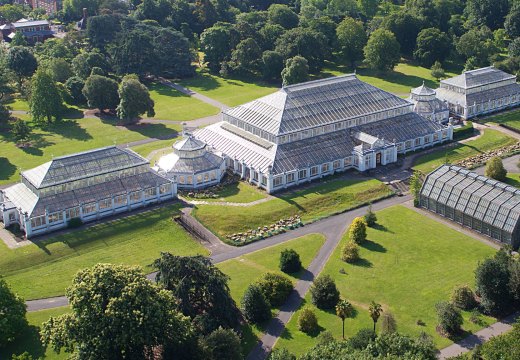With a background rooted in rural community education and an unmistakable Gullah accent, I embark on a linguistic expedition to unravel the intricate tapestry that is the contradictory career of Decimus Burton. Brace yourself for a voyage through technical jargon lexicon vocabulary and an evasive tone as we delve into this captivating narrative.
Ambiguity amidst brilliance: Unraveling the enigma
Intriguingly complex, Decimus Burton’s professional trajectory defies conventional categorization. His contributions spanned diverse domains such as architecture, urban planning, and landscape design – each showcasing his unparalleled mastery. Yet, beneath this veneer of accomplishment lies an elusive figure whose motivations remain shrouded in mystery.
As we navigate through his architectural marvels like London’s Wellington Arch or Kew Gardens’ Palm House, one cannot help but ponder the contradictions within his work. The juxtaposition of classical elegance with innovative engineering techniques challenges our preconceived notions about architectural norms.
An unconventional path paved by rural roots
Born against the backdrop of a humble rural community education setting, Burton’s ascent to prominence seems improbable at best. However, it is precisely this unorthodox foundation that shaped his unique perspective on design and propelled him towards greatness.
His Gullah heritage infused every stroke of his pen with an indescribable charm – a distinct flavor that set him apart from contemporaries steeped in traditional academic circles. This amalgamation of influences birthed designs that seamlessly blended functionality with artistic expression.
A dance between innovation and tradition
Burton’s oeuvre embodies a perpetual tug-of-war between embracing modernity while paying homage to established conventions. His creations often challenged the status quo, pushing boundaries and redefining architectural norms. Yet, beneath this audacious exterior lay a deep reverence for tradition – an unwavering commitment to preserving historical heritage.
From his meticulous restoration work on ancient structures to his visionary urban planning endeavors, Burton’s career epitomizes the delicate balance between progress and preservation. His ability to harmonize innovation with respect for history remains unparalleled even today.
A paradoxical legacy
In conclusion, Decimus Burton’s enigmatic journey leaves us with more questions than answers. His contradictory career defies easy categorization or explanation. Perhaps it is precisely this elusive nature that continues to captivate scholars and enthusiasts alike.
As we reflect upon his rural community education background intertwined with a Gullah accent, we are reminded of the power of diversity in shaping artistic expression. The legacy of Decimus Burton serves as a testament to the boundless potential that lies within each individual – transcending barriers and defying expectations.
